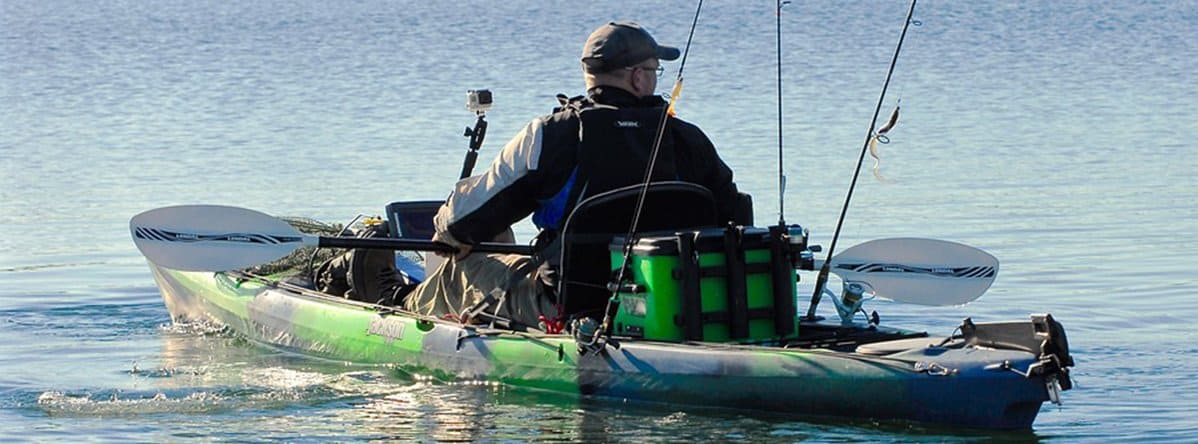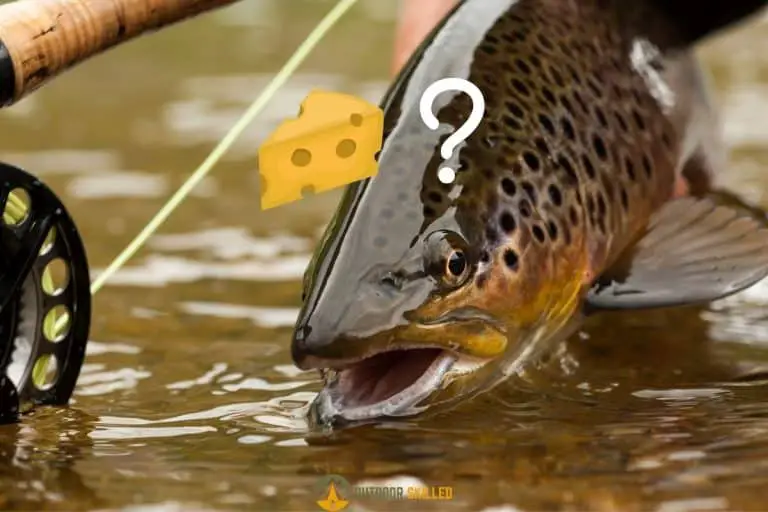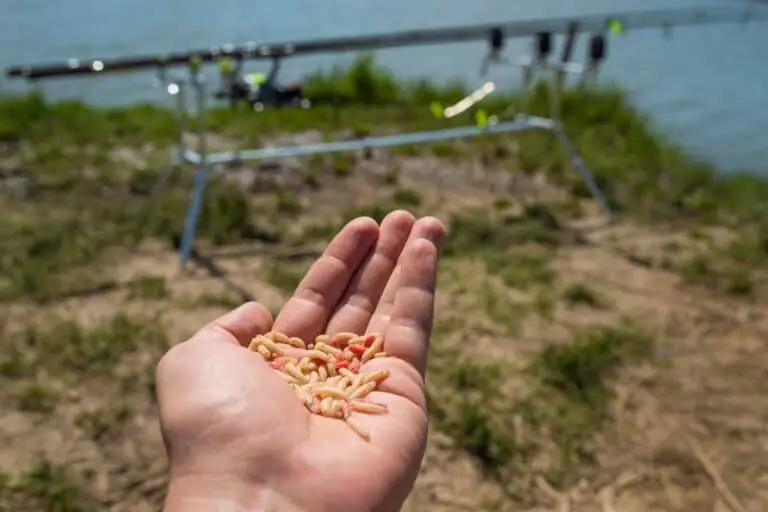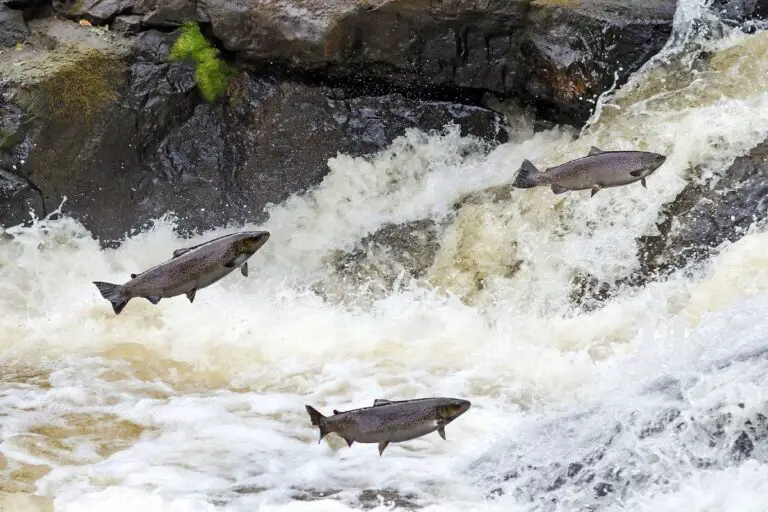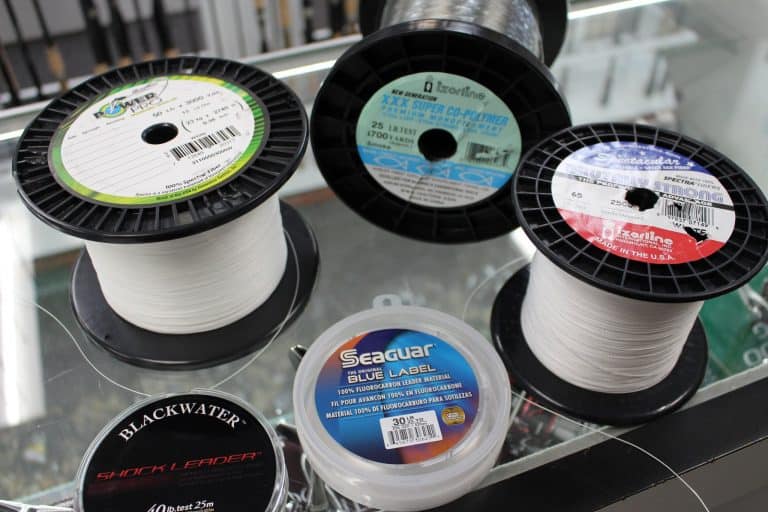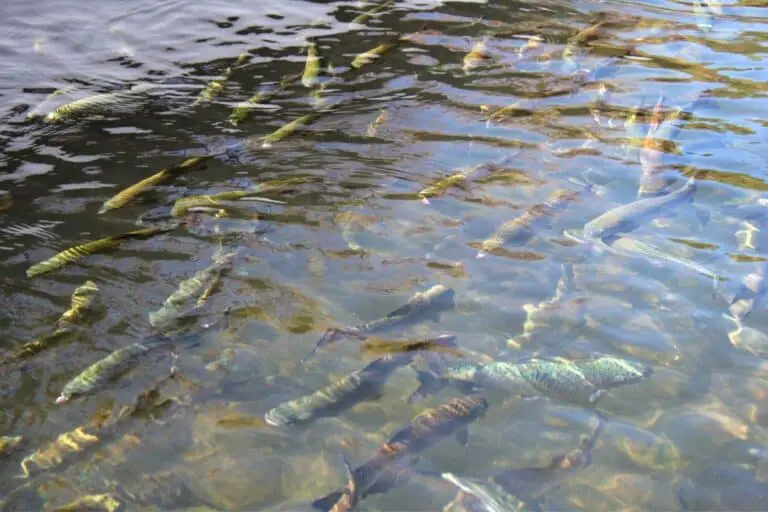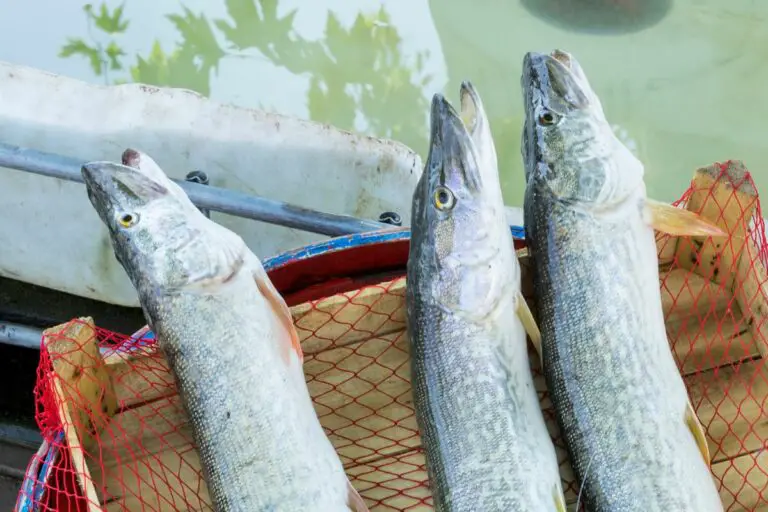How to Set up Your Kayak for Fishing
It’s been a long time of the off-season. An avid angler like you must’ve been on tenterhooks to get that kayak off your backyard or garage and pursue their waterborne endeavor.
By the time you get to the end of this short handout, you’ll have dusted your kayak off, and you’ll be ready to visit the nearest body of water like the good old days in no time.
Table of Contents
1. Seasonal Kayak Check-Up
Before making any decisions for your next trip, make sure everything sits in its right place. First off, sift through your kayak for damage. There are particular aspects to pay special attention to and tips to follow in this phase.
Your Kayak’s Hull
A misfortune that gets in your way very often is a damaged hull due to long-term storage. If your kayak’s hull looks depressed, which is usually the case, expose it to the sun in the afternoon. The heat will take it back into shape in no time.
Best Fishing Kayaks Under $1000 in 2021 – Buyer’s Guide
Drench Your Kayak in Freshwater
Soaking your kayak in freshwater before your actual trip is also essential, especially if you go on fishing trips in saltwater. Don’t forget to look out for metal parts, like foot pedals and rudders.
Resolve Scratches
Removing minor scratches is easy and fun to do. All you need is a heat gun with an attachment to direct the airflow, then keep moving it back and forth. Afterward, rub it thoroughly with a piece of cloth.
You can also sand it down and say goodbye to gouges too. That’ll bring your kayak back to its former glory.
Tip: Don’t forget that it’s always better to carry out these chores before setting off. You don’t want to bump into trouble while you’re already in the water!
2. Secure the Gear You Actually Need
One major difference between fishing kayak and a motorboat is storage space. Beginner kayakers often resort to packing many extras on their first outing. A rule of thumb among kayakers is: overwhelm your kayak with unnecessary equipment, and you’ll end up with a chaotic mess.
Read more about: Best Fishing Kayak Under 500
Below is a list of items you’ll really need for the sake of keeping it simple:
1. Fishing Equipment
Tacklebox
A tacklebox is every fisherman’s arsenal. It’ll be lying still behind you so you can fetch whatever you want, whenever you want. Make sure it’s squeaky clean and tidy.
If you’re using a sit-on-top kayak, store your tackle in the platform or the hatch at the back of your kayak. Anglers rocking a sit-in kayak prefer to keep their tackle between their legs. So, make sure you’re opting for a small tackle box.
It’s not the most comfortable setup, but it’ll force you not to bring along needless equipment.
Fishing Rod and Reel
Rods made of fiberglass or graphite are the standard nowadays. Reels typically come attached to your rod. It’d be great if the length of the rod is 11.8 inches longer than your height.
Best Ocean Fishing Kayaks in 2021 – Buyer’s Guide
Fishing Line
Your reel must’ve come preinstalled with a roll of fishing line when you first bought it. Always make sure that your reel has got at least 100 yards of line.
Bait and Lures
Bait is the food placed on your hook to allow you to catch your favorite fish! What is a fishing trip without bait?
As for lures, these are artificial baits that imitate fish to alarm predators.
Hooks
They hang onto the fish when they come for a bite.
Bobbers
Bobbers remain afloat and keep your bait closer to the surface. They let you know when a fish is concerned and roaming about your bait.
Read more about: Best Tandem Fishing Kayaks
https://outdoorskilled.com/best-tandem-fishing-kayak
Clippers
You’ll need clippers to cut your fishing line, which is designed to be sturdy.
Pliers
Avoid getting bit or hurt by using pliers to remove the hook from your catch. These are a type of hand tool made especially for the purpose of holding objects firmly.
Sinkers
You need to tie one sinker to your line in every throw. Sinkers help the line maintain its balance while your lightweight bait and hook make their way down the water.
2. Kayaking Accessories
Paddle
Plying the waters without a paddle would be basically impossible. It’s advisable to invest in a paddle with a pair of glass-filled polypropylene blades and a fiberglass shaft. These are super durable and will stand as long-life companions as you glide through the waters.
Paddle Leash
Clear out the doubts of your paddles being lost overboard and get yourself a paddle leash. You’ll be grateful when your paddle makes it back to the shore with you at the end of the trip.
Best River Fishing Kayaks in 2021 – Buyer’s Guide
Anchor System
It would be best if you guaranteed your kayak a stationary position when you’re casting against the wind or a persisting current. This is where anchor systems are indispensable. Anchor systems prevent kayaks from drifting while you cast your fishing line. Make sure you attach the anchor line at the end of the bow or stern to avoid unexpected capsizing.
Kayak Cart
Our excitement to go paddling definitely plummets with the thought of transporting our kayak Fishing.
We all know that getting your kayak from a vehicle to the water is a demanding chore. Save yourself some elbow grease and mount that kayak on a cart.
Read more about: Best Stand Up Fishing Kayak
Buying a cart is a win-win since you’ll no longer worry about moving your kayak to the water. Plus, it will protect your kayak from scratches and bumps that may accidentally happen on the way.
Rod Holders
The most crucial aspect of setting up your kayak so far is this. You’d want the rods within your reach, yet out of the reach of your paddle stroke.
If you’re bringing one or two rods, mount the rod holders behind the cockpit. If you’re an ambitious hunter and bringing more, install some of the holders in front of the cockpit.
But, make sure that the front rods form an arc over your paddle stroke. This way, the fishing line won’t get in the way of your paddle.
PFD (Personal Flotation Device)
Just a fancy term for a life jacket. You don’t want to miss out on that. In case you capsize out of the blue, that’s your only life insurance. Two things you’d want to hang off your PFD is a whistle on one shoulder and a watch on the other.
Best Modular Fishing Kayaks in 2021 – Buyer’s Guide
Final Thoughts
Whether you’re in a sit-in or a sit-on-top kayak, everything will eventually get wet. For a full-day enjoyment guarantee, you should bring dry clothes to wear after you’re done.
If you’re bringing your phone for those sharp #catchoftheday selfies, then a dry bag is a must to protect your belongings (phone, keys, wallet, and the like.)
That’s all, folks! You’re pretty much ready to buckle up and head to the waters!

